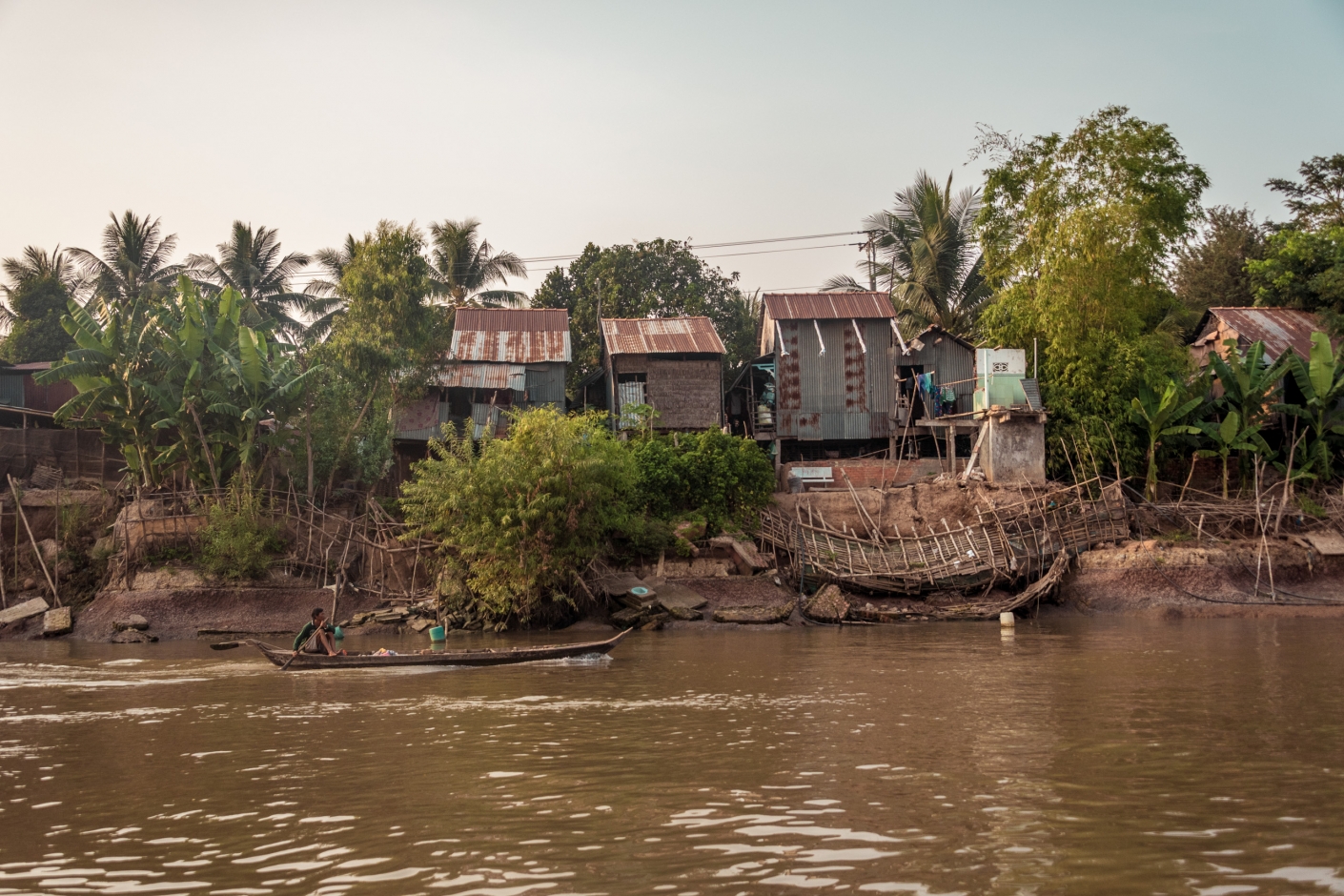The Angkorian period began in AD 802, when the Khmer Hindu monarch Jayavarman II declared himself a "universal monarch" and "god-king", and lasted until the late 14th century, first falling under Ayutthayan suzerainty in 1351. Angkor had been the largest pre-industrial city in the world, with an elaborate infrastructure system connecting an urban sprawl of at least 1,000 square kilometres to the well-known temples at its core. Angkor is considered to be a "hydraulic city" because it had a complicated water management network, which was used for systematically stabilizing, storing, and dispersing water throughout the area. This network is believed to have been used for irrigation in order to offset the unpredictable monsoon season and to also support the increasing population. It has been home to about 750 000 people.
As we arrive in the evening we head out to explore first temple at sunset. Next day we wake up at 4am to start a busy day exploring also the most famous (and most tourist overcrowded) temples, but mainly to find and explore some of the lesser known, out of the beaten path temples. And we were lucky - we managed to find a couple of amazing places that breathe history yet are still barely touched by mass tourism. Join our journey through the ancient Angkor in the next Sine Termino chapter below.

















































